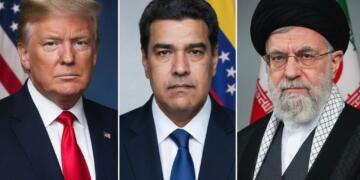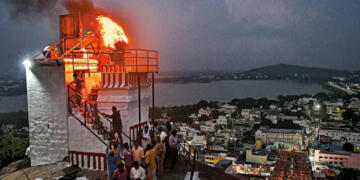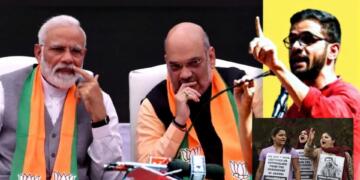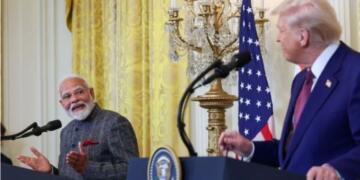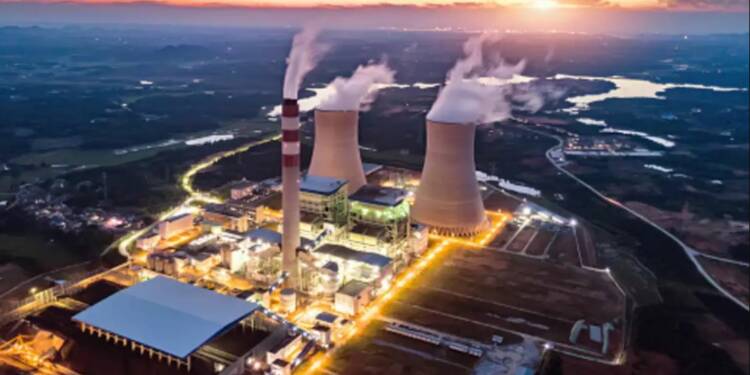Clean and cheap energy is the need of the hour for India. The country is hungry for energy and this could not be sustained through fossil fuels which is costly and environmentally unsustainable. Therefore, the Indian government is making efforts to produce more renewable and nuclear energy to meet the growing energy demands. While there has been exponential growth on the renewable energy side, the nuclear – cheapest and environmentally sustainable source – energy progress has been slow due to obstruction from activist groups.
However, the Modi government has doubled down the efforts on the nuclear energy front in the second term and some major projects shall be cleared very soon. India has 7 nuclear power plants and will soon have 12 more such power plants, and the largest of which might be built by French state-controlled nuclear energy major, Electricite de France (EDF).
The company proposed to build sixth generation nuclear reactors at the Jaitapur site. The plant would have an installed capacity of 9.6 gigawatts (GW), and would generate up to 75 terawatt hours (TWh) per year and cover the annual consumption of 70 million Indian households. “The submission of EDF’s binding techno commercial offer for the Jaitapur project is a major step forward for the Group and the French nuclear industry,” said EDF Chairman and CEO Jean-Bernard Levy.
Previously, in 2019, India and the United States agreed to build six power plants in the country to boost civil nuclear energy cooperation between both nations. The support from the United States and France in building nuclear capacity in India boosts the chances of the country getting an entry in the elite club of Nuclear Suppliers Group (NSG).
India has remained firm that it will pursue nuclear as a source of cleaner energy despite repeated attempts by China to block its entry in NSG and protest from domestic interest groups.
India is the third largest consumer of energy after China (3,155 Mtoe) and the United States (2,227 Mtoe). However, coal is still the primary source of energy in the country accounting for more than 40 percent of total energy demand.
The per capita energy consumption in India is very low and it will rise with the growth of the economy. India will need to find alternatives to fossil fuels to supply its growing energy demand, and therefore, building capacity in nuclear energy is essential.
With the world’s leading nuclear power firm on board to build nuclear capacity in India, the civil nuclear program shall pick pace in the coming years and it will also help India in getting entry at Nuclear Suppliers Group.
India is already the member of the Missile Technology Control Regime, and the Australia Group, the two powerful multilateral non-proliferation groups. The country is also a participant of Wassenaar Arrangement on Export Controls for Conventional Arms and Dual-Use Goods and Technologies, a multilateral export control regime with 42 signatories. India and the United States signed a civil nuclear deal almost a decade back in 2008 and since then the US has supported India’s bid to enter NSG.
The country has managed to gain support from all the major global players except China in its membership bid in the NSG. But with almost all major global players on board and the world’s most successful and efficient companies building nuclear power projects in India, China would be forced to accept India entry in the elite group. The Modi government must be thanked for doubling down efforts on nuclear energy and not cowed by the pressure from interest groups.


